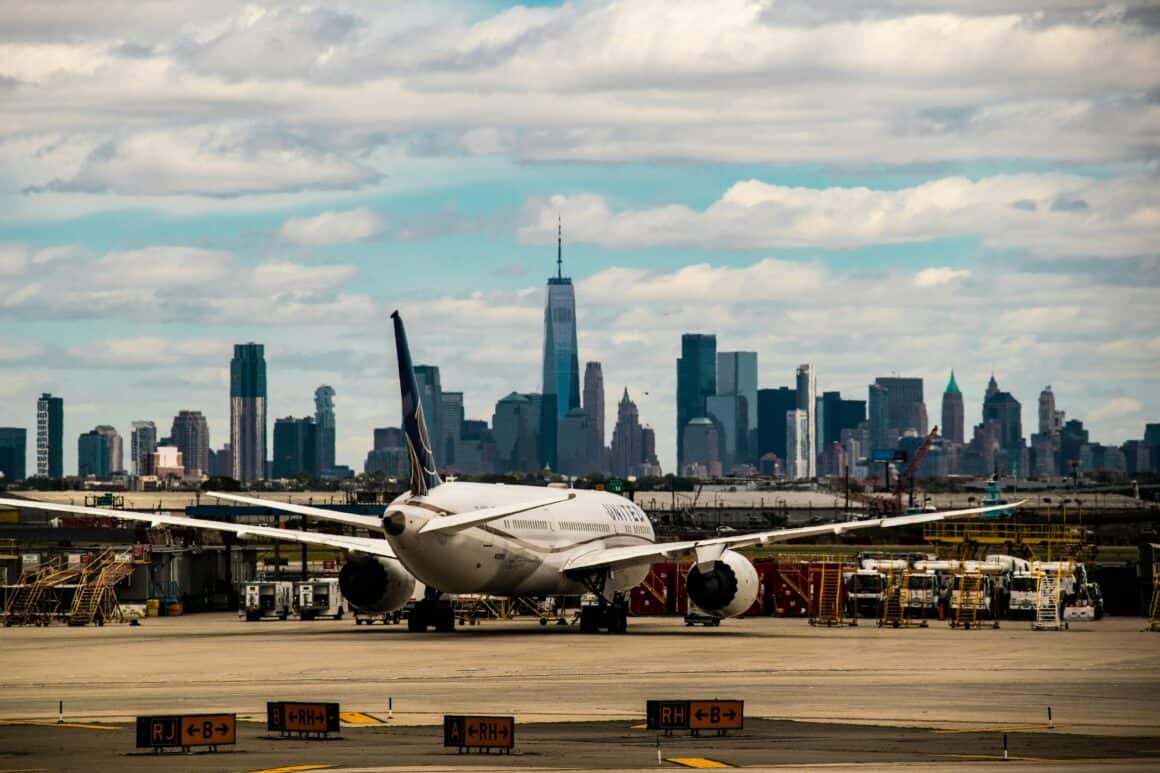FAA flight cuts to reduce capacity across 40 key airports could come as soon as Friday, marking the first preemptive capacity cut of its kind. Officials say the move is necessary to maintain safety amid controller shortages intensified by the ongoing government shutdown.
U.S. Transportation Secretary Sean P. Duffy announced Wednesday that the Federal Aviation Administration (FAA) will impose a 10% reduction in flight capacity at 40 of the nation’s busiest airports beginning Friday, 7 November, unless Congress ends the federal government shutdown—now in its 36th day, the longest in U.S. history.
The move is designed to protect safety amid severe air traffic controller shortages, which have been exacerbated by unpaid essential workers. While not unprecedented, the planned throttling is a rare, system-wide intervention that will reshape departure queues, arrival flows, and hub banking for days—or longer.
Beginning Friday morning, if the shutdown has not ended, the FAA will implement a systemic ten percent reduction in flight operations at forty of the nation’s busiest airports.
US Transportation Secretary Sean P. Duffy
“Beginning Friday morning, if the shutdown has not ended, the FAA will implement a systematic ten percent reduction in flight operations at forty of the nation’s busiest airports,” Duffy told reporters at a press briefing on 5 November 2025.
He added that the goal of the action is to reduce risk in the National Airspace System while keeping flights as safe and predictable as possible.
The FAA will release the final list of airports on Thursday afternoon, 6 November. It is expected that most Core 30 and OEP hubs (JFK, EWR, LGA, ATL, ORD, DFW, IAH, MIA, LAX, SFO, DEN, and others) will be included, especially those with documented staffing gaps of 2,000–3,000 controllers nationwide.
UPDATE: A preliminary list of airports affected by FAA flight cuts, obtained by CBS News and ABC News, was released Thursday morning, 6 November:
- Anchorage International (ANC)
- Hartsfield-Jackson Atlanta International (ATL)
- Boston Logan International (BOS)
- Baltimore/Washington International (BWI)
- Charlotte Douglas International (CLT)
- Cincinnati/Northern Kentucky International (CVG)
- Dallas Love (DAL)
- Ronald Reagan Washington National (DCA)
- Denver International (DEN)
- Dallas/Fort Worth International (DFW)
- Detroit Metropolitan Wayne County (DTW)
- Newark Liberty International (EWR)
- Fort Lauderdale/Hollywood International (FLL)
- Honolulu International (HNL)
- Houston Hobby (HOU)
- Washington Dulles International (IAD)
- George Bush Houston Intercontinental (IAH)
- Indianapolis International (IND)
- New York John F. Kennedy International (JFK)
- Las Vegas Harry Reid International (LAS)
- Los Angeles International (LAX)
- New York LaGuardia (LGA)
- Orlando International (MCO)
- Chicago Midway (MDW)
- Memphis International (MEM)
- Miami International (MIA)
- Minneapolis/St. Paul International (MSP)
- Oakland International (OAK)
- Ontario International (ONT)
- Chicago O`Hare International (ORD)
- Portland International (PDX)
- Philadelphia International (PHL)
- Phoenix Sky Harbor International (PHX)
- San Diego International (SAN)
- Louisville International (SDF)
- Seattle/Tacoma International (SEA)
- San Francisco International (SFO)
- Salt Lake City International (SLC)
- Teterboro (TEB)
- Tampa International (TPA)
How the Cuts Will Work

While not a blanket cancellation or ground stop, the FAA will use established traffic management tools to distribute the reduction:
- Ground Delay Programs (GDPs) with extended Expect Departure Clearance Times (EDCTs)
- Miles-in-Trail (MIT) spacing on departures into busy airspace
- Airspace Flow Programs (AFPs) to meter traffic across key ARTCCs like ZNY (New York) and ZJX (Jacksonville)
- Collaborative slot adjustments with airlines under the Collaborative Decision Making (CDM) process
The result will be roughly 4,000 fewer flights per day, equivalent to the combined volume of a peak day at Atlanta and Dallas. Airlines are already adjusting schedules, parking aircraft, and issuing travel waivers.
The FAA Flight Cuts Are Necessary for Safety

Air traffic controllers have been working without pay since 1 October. Absence rates spiked to 80% at some facilities on 31 October, including New York TRACON (N90), resulting in more than 6,200 delayed flights and 500 cancellations.
Additionally, FAA data show that nearly half of Tuesday’s delays were due to staffing issues, not weather or volume.
National Air Traffic Controllers Association (NATCA) President Nick Daniels highlighted the toll of the shutdown, noting that controllers face “immense stress and fatigue” from unpaid overtime and financial hardship, making prolonged operations in the world’s busiest airspace unsustainable.
“Asking [air traffic controllers] to go without a full month’s pay or more is simply not sustainable,” Daniels said in a NATCA press release on 1 November.
The FAA has enforced mandatory rest periods, pulled staff from quieter towers to plug gaps, and issued temporary ground stops, including most recently at Newark (EWR) and Houston (IAH). However, models now indicate that separation-risk thresholds are being crossed in high-density sectors, prompting the 10% reduction as a preemptive safety measure.
Impact on Hubs and Operations

- New York metro: Expect heavy MIT restrictions, possible rotating ground stops, and reroutes around ZNY/ZBW airspace.
- Florida/Gulf Coast: ZJX has been in flow control for days; look for coastal reroutes pushing traffic over water.
- Major hubs: Atlanta’s closely spaced parallel ops may suspend LAHSO (land and hold short) to maintain safety buffers.
These actions will likely result in longer taxi holds, compressed departure pushes, and empty gates during peak banks. LiveATC listeners can monitor approach frequencies at N90, A80 (Atlanta), and D10 (Dallas) for real-time impacts.
Passengers should check flight status early and often. The FAA’s Command Center will issue daily updates, and tools like FlightAware and Flightradar24 will show GDPs and EDCT wheels in action.
A Perfect Storm

The ongoing shutdown stems from a budget impasse in Washington that has left several federal agencies, including the FAA, without full funding. Lawmakers have not yet reached an agreement, and no votes are currently scheduled to reopen the government.
Previous shutdowns have affected aviation operations, including the 2018–2019 lapse that disrupted TSA and FAA staffing. However, this is the first time the agency has announced preemptive nationwide capacity reductions to preserve safety.
A longstanding air traffic controller shortage, highlighted in a 2023 Government Accountability Office report, has compounded the challenge and left the system increasingly fragile during extended funding gaps.
Next Steps

- Thursday 1400 ET: Airport list and initial TMI playbook released.
- Friday 0001 local: First EDCTs issued; watch ZNY handoffs for the opening wave.
- If no deal by Day 40 (9 November): Duffy warned of potential airspace closures or widespread ground stops.
Notably, the NAS has never been deliberately downsized due to congressional gridlock. Safety remains the FAA’s top line. However, with every unpaid shift, the margin becomes increasingly narrow.
While warnings of “mass chaos” within the NAS have circulated online, the reality is that Friday will be a controlled, visible contraction of the system.
Still, it’s unfortunate that it even had to come to this. Let’s hope the impasse in Washington ends sooner rather than later.
